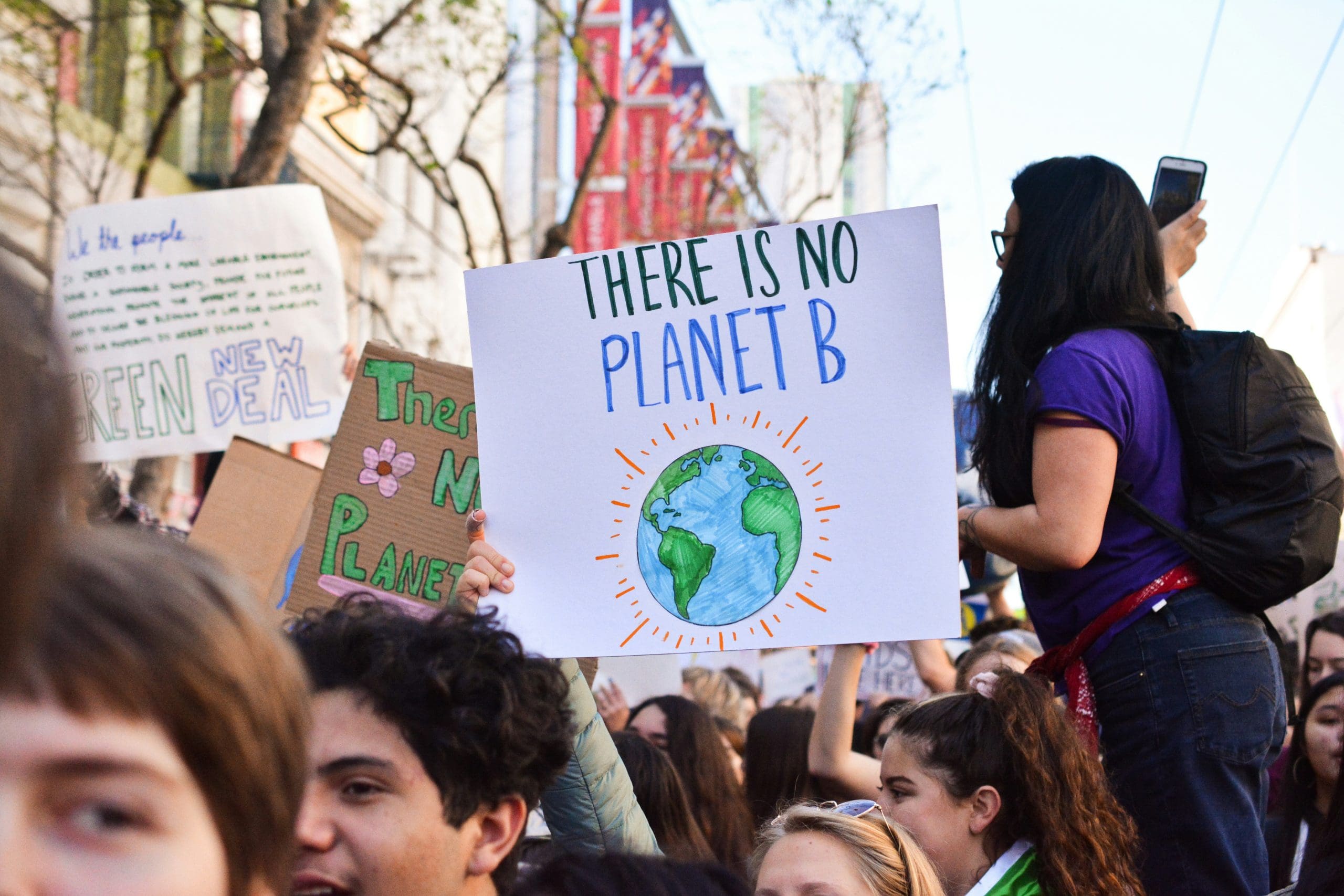In-Short
- AI’s carbon footprint is challenging tech giants’ climate goals, with Microsoft and Google reporting significant emissions increases.
- AI’s high energy demand, driven by data centers and computing power, is a major contributor to rising emissions.
- Tech companies are investing in renewable energy and efficient technologies, but AI development may outpace these efforts.
- The tech industry faces a dilemma between AI expansion and environmental sustainability.
Summary of AI’s Environmental Impact
As the tech industry accelerates its investment in artificial intelligence (AI), a concerning environmental issue has surfaced: AI’s substantial carbon footprint. Despite commitments from leading companies like Microsoft, Google, and Amazon to reduce greenhouse gas emissions, the rapid development of AI technologies is making it increasingly difficult to meet these climate targets.
Microsoft has reported a near 30% increase in carbon emissions since 2020, largely due to the energy-intensive data centers powering AI. Google has seen an even more significant 48% rise in emissions since 2019. The core of the issue is the extensive computing power and electricity required to train and run AI models, such as GPT-3, which involves processing large datasets with specialized chips continuously operating in data centers.
With AI’s energy consumption expected to soar, tech companies are facing a tough challenge in aligning their AI ambitions with their environmental pledges. Microsoft aims to be carbon-negative by 2030, but acknowledges the difficulty due to AI’s energy demands. Google, once carbon-neutral, now struggles to maintain that status and aims for net-zero emissions by 2030, a goal fraught with challenges.
In response, the industry is exploring renewable energy sources, efficient chip designs, and methods to reduce AI’s energy consumption. Microsoft has implemented low-power server states, and Google is developing waterless cooling data centers. However, the pace of AI development may surpass these initiatives, leaving the industry at a pivotal point where it must significantly enhance AI’s energy efficiency or compromise its climate objectives.
The next few years will be critical in determining if AI can become a tool to combat climate change or if it will exacerbate the issue. Microsoft’s president, Brad Smith, suggests that the focus should be on making AI more environmentally friendly rather than slowing its expansion.
Further Reading
For a more in-depth look at the hidden climate cost of AI and how tech giants are struggling to go green, please visit the original source.
Footnotes
Image credit: Li-An Lim on Unsplash









